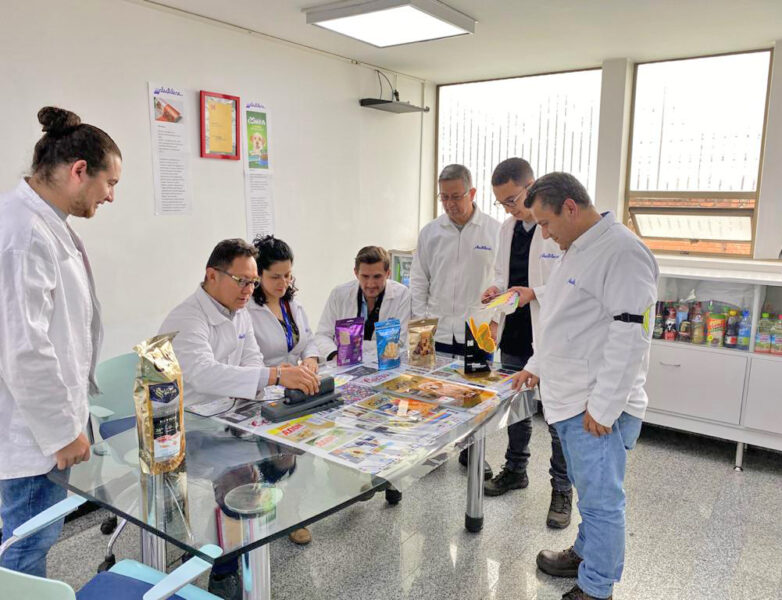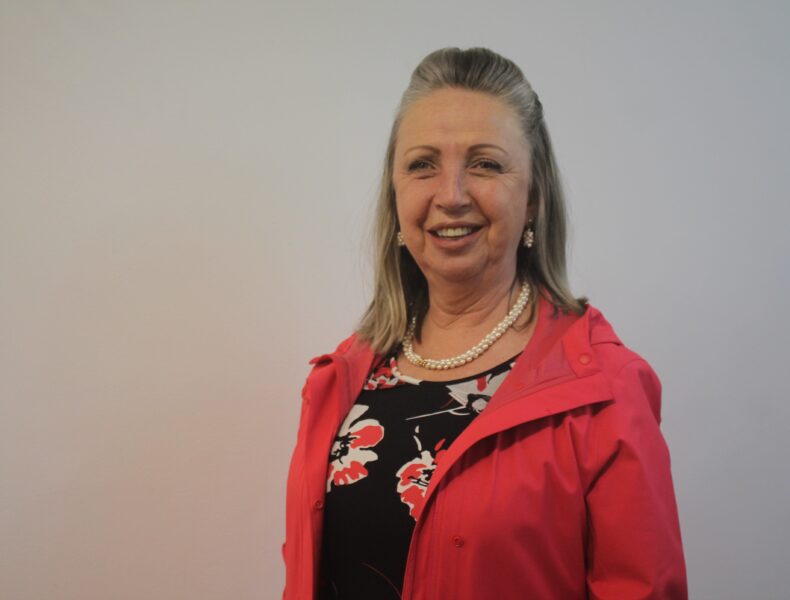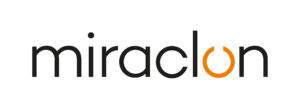As flexo gains a bigger share of the flexible packaging market at the expense of gravure, the confidence behind the process keeps growing. At Colombian flexible packaging converter Plastilene, it’s fair to say that confidence is sky-high — witness this comment from General Manager Belinda Duran: “I say to people, ‘Do you see something we can’t do with flexo? Because I don’t.’”
Gravure is firmly in Plastilene’s sights, although Duran is reluctant to acknowledge that it and flexo are competitors. “To our thinking, gravure is just another process, albeit one that hasn’t seen much improvement recently compared to what’s been happening with flexo.” For evidence of what those improvements are making possible, she points to Plastilene’s success in the recent Global Flexo Innovation Awards, where their metallized laminate packaging won a Gold Award for demonstrating improved workflow efficiency, success in converting work to flexo from other processes, and a commitment to sustainability.
Major producer
With eight plants in South and Central America, Plastilene is a major regional producer of flexible packaging, labels and wraparounds, and representation in a further 20 countries across the Americas gives the group significant reach. It is also well-placed to gauge what’s happening in the markets. “Because today’s packaging has to promote as much as protect, that has a lot of impact on the supply chain,” says Duran. “Customisation and personalisation mean shorter runs and more frequent design changes, so that creates more prepress. The designs are more complex, so they need higher print quality. Consumer demand for sustainable packaging means printing on new, maybe lighter substrates. They want all this, without any fall-off in quality or increased cost — which goes for the brand owners too, who also want faster turnaround. So we’re walking something of a tightrope between all these factors.”
Key to staying on the tightrope is keeping close to customers to understand what they need, now and in the future. A high level of personalised service is therefore central to the Plastilene strategy, with each customer assigned their own executive, tasked with identifying opportunities to improve products. Product development is a continuous process at the company, with R&D teams working on new inks, substrates and finishing techniques. “When we come up with something new, then we present it to customers we believe could benefit,” says Duran.
A firm grounding in packaging technology is a prerequisite to customer-facing roles at Plastilene, she continues. “Without it, it’s difficult to really appreciate and understand customers’ needs. So on any new project, we first meet with customers to establish what they want to achieve, and why. Once we have the designs, we create a protocol establishing what inputs are necessary. Then we set up an integrated management team to oversee all aspects, from developing the graphic design to the detailed product engineering. Everything is coordinated via our SAP information platform.”
Automation is essential
Another key plank in the Plastilene strategy is process automation. “There’s no longer any room for the craft element in flexo,” says Duran. “It has to be a consistent, repeatable manufacturing process if it is to provide a genuine high-quality alternative to offset and gravure. You have to invest some time on process optimisation, of course — for example, getting the right balance between high-lpi screening, highly-pigmented inks and the right anilox dosage. But it repays the effort.”
She describes the contribution of the Kodak Flexcel NX technology as “state-of-the-art support”, capable of rendering the 175-lpi screening that Plastilene uses on every job. “We apply stochastic and hybrid screens, as well as DigiCap NX plate surface patterning, which address very challenging needs in terms of quality stability, graphic reproduction, image definition and vignettes. With NX we can print very smooth gradients — right down to 0 — without any hard edges.”
Like many in the flexo space today, Plastilene is exploiting the potential of extended color gamut (ECG) printing. “It ticks a lot of boxes with us and our customers: greater productivity thanks to fewer wash-ups, less downtime between jobs, and the option of ganging jobs together on the press. ECG can also almost eliminate spot colors.”
Looking to the future, Duran sees continued growth in flexo’s market share. “I think the great strides made in flexo recently have caught everyone’s attention, and initiatives like the Global Flexo Innovation Awards will help.”


